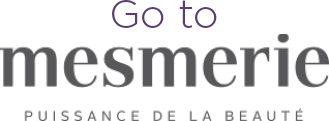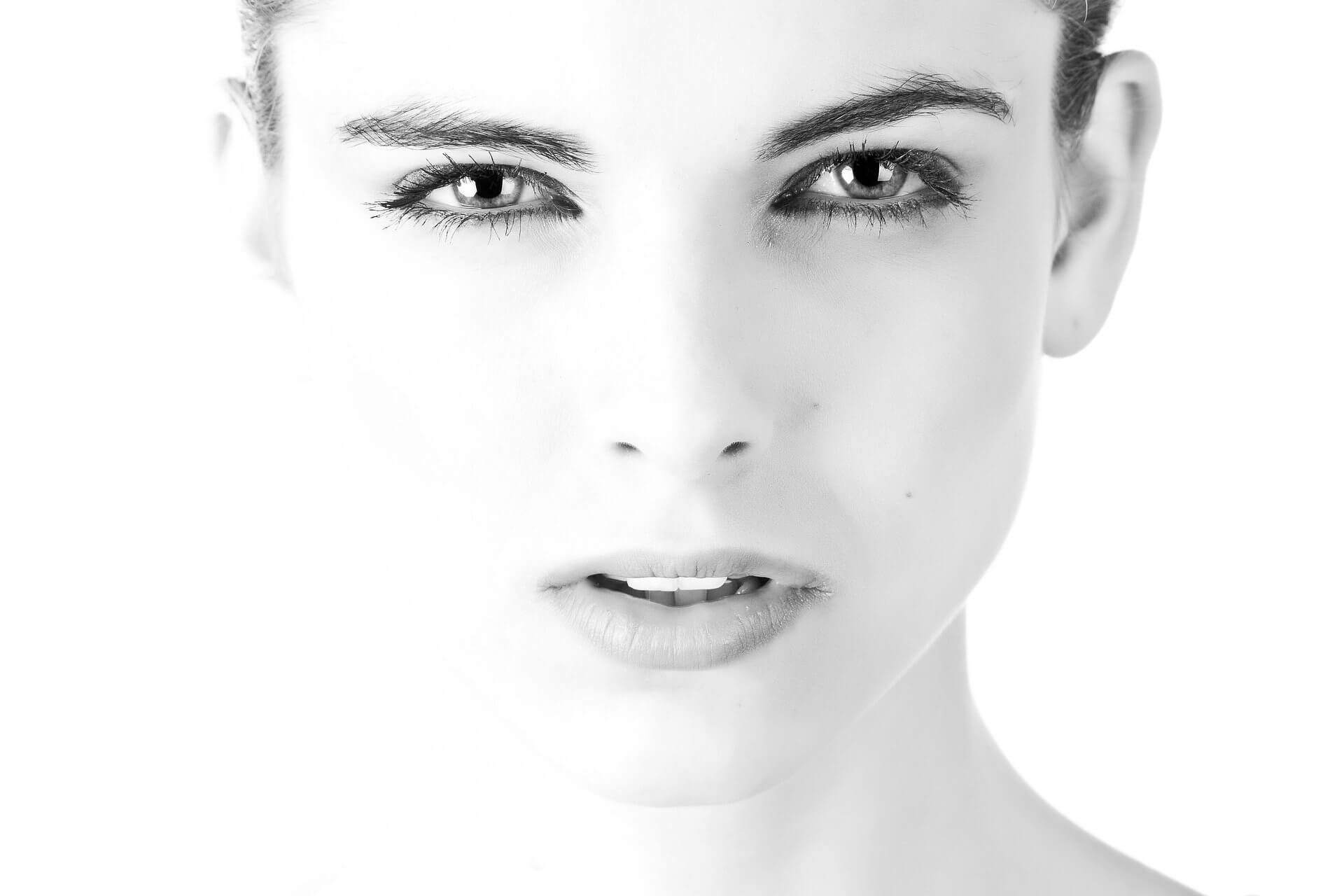Types of stretch marks and how to distinguish them
Apart from cellulite, stretch marks are another very persistent enemy of feminine beauty. While there are ways to get rid of them, it can sometimes be a fruitless struggle. The main reason is that you did not recognize what type of stretch marks you have and that you did not engage in the struggle the right way.
Stretch marks are long lines or stripes that appear on the skin, most often due to the frequent and intense stretching and shrinking of the skin, and this most often occurs with rapid change of weight. Stretch marks can occur in anyone, although they are more common in women than in men.
The basic division of stretch marks is to pink/red stretch marks (Striae rubrae) and white stretch marks (Striae albae). Stretch marks are more commonly associated with thin skin and they may be more common in people suffering from Cushing's syndrome, where they occur due to prolonged use of corticosteroids or after surgery (Striae atrophicans) -
Identify stretch marks and it will facilitate your struggle with them:
1. Pink/red stretch marks (Striae rubrae)
These stretch marks are classified as acute stretch marks and are the first symptom of overstretched skin. Collagen fibers become thicker, and easily visible parallel strands are formed and the number of elastic fibers is lost. Signs of inflammation are particularly noticeable at this stage and the skin becomes pink or red. The lines are sometimes quite straight but can also be slightly raised. Skin changes change over time, so stretch marks become wider and longer. Stria rubrae can also cause itching, but they generally occur without symptoms.
2. White stretch marks (Striae albae)
White stretch marks are a chronic form of stretch marks on the skin and are mature stretch marks. Now stretch marks look more like scars, are irregular in shape and hyperpigmented (pale white). In some stretch marks, a bumpy texture appears, which is felt under fingertip. The progress of stretch marks from stria rubrae to striae albae is gradual and can take months and even years. Over time, as you mature, mature stretch marks can become more pronounced as the skin loses its elasticity.

3. Stretch marks as a result of pregnancy (Striae gravidarum)
Stretch marks like this are most pronounced on the abdomen, chest and thighs. They usually occur between the 6th and 7th months of pregnancy, but they can also occur very early - during the 24th week. In pregnant women, stretch marks sometimes appear on the back, upper arms, hips and buttocks. These stretch marks most commonly occur as striae rubrae and change over time. Reduction of elastic fibers and glycoproteins in the dermis is often associated with the hormonal changes that a pregnant woman experiences during pregnancy. Stretch marks that develop during pregnancy usually fade and become mature after a year or two. In most cases, stretch marks never disappear completely.
Stretch marks do not cause a health problem, they merely serve as a sign that the skin has undergone a redesign. If you do not want persistent stretch marks to impair your beauty, you can treat them in a variety of ways, but the most important thing is to consult a specialist who can recommend a treatment that suits your type of stretch marks.
DISCOVER MORE
Types of stretch marks and how to distinguish them
Apart from cellulite, stretch marks are another very persistent enemy of feminine beauty. While there are ways to get rid of them, it can sometimes be a fruitless struggle.
Read moreEvery good beauty product contains it: Why is Vitamin E very important for the skin?
You probably already use Vitamin E oil in a cosmetic product that you regularly use, but you may not know that this oil has many good effects on the skin.
Read moreWhat exactly is detox and why is it so important?
In order to understand well what a detox is, it is important that you know exactly what the toxins are. Toxins are substances that have a toxic composition and can cause adverse health effects.
Read more

 EN
EN  IT
IT  DE
DE  ES
ES  RO
RO  FR
FR 

 HR
HR










